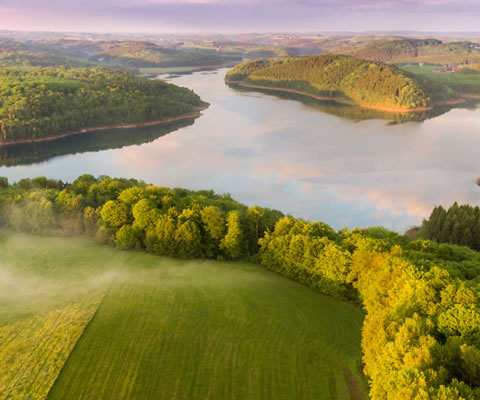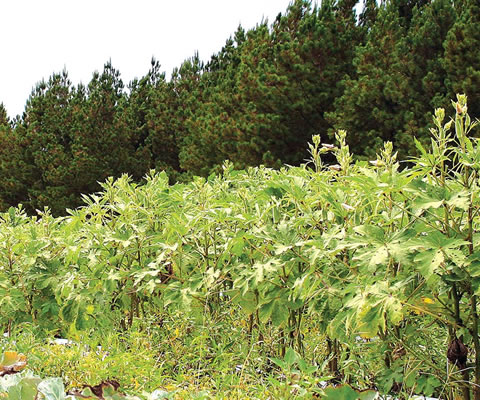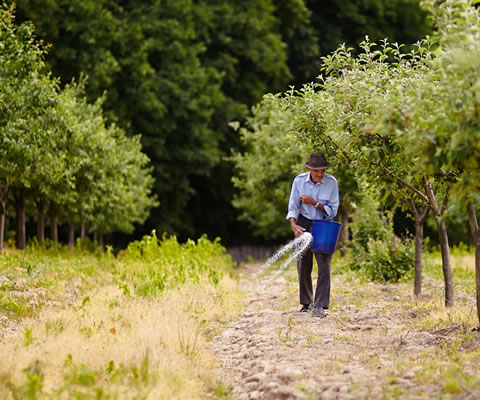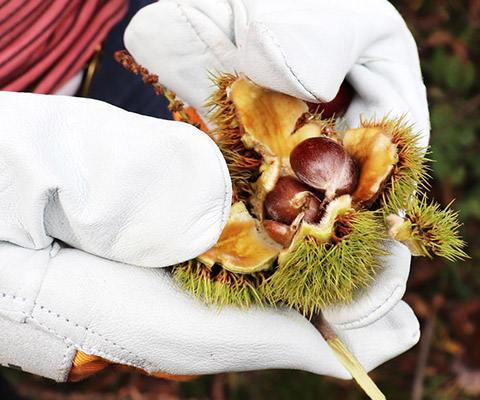Agroforestry Practices
Agroforestry is the intentional combination of agriculture and forestry to create productive and sustainable land use practices. These practices take advantage of the interactive benefits from growing trees and shrubs together with crops and/or livestock. Agroforestry has its roots in tropical food production systems. In regions with more temperate climates, agroforestry is separated into five distinct but related practices. The five practices are windbreaks, riparian forest buffers, alley cropping, silvopasture and forest farming.
A variety of USDA programs promote and support the use of agroforestry practices.
A variety of USDA programs promotes and supports the use of agroforestry practices. The USDA Natural Resources Conservation Service, has developed Conservation Practice Standards for each agroforestry practice to help provide consistent guidance on establishment and management of agroforestry practices. Many USDA programs rely on these standards in delivering their programs.
The USDA National Agroforestry Center provides more information about where and how to manage each of these agroforestry practices.
Common Practices

Riparian Forest Buffers
Natural or re-established streamside forests made up of tree, shrub, and grass plantings.

Windbreaks
Linear plantings of trees and shrubs to enhance, protect, and benefit people, livestock, and soil and water conservation.
Interactive Practice Standards Map
Conservation Practice Standards are a key component in Natural Resource Conservation Service (NRCS) Conservation Plans and the delivery of Technical Assistance by NRCS to its cooperators. Use this interactive map to see if your state offers standards for the following practices: Alley Cropping, Multistory Cropping (Forest Farming), Riparian Forest Buffers, Silvopasture, Windbreak Establishment, and Windbreak Renovation.





